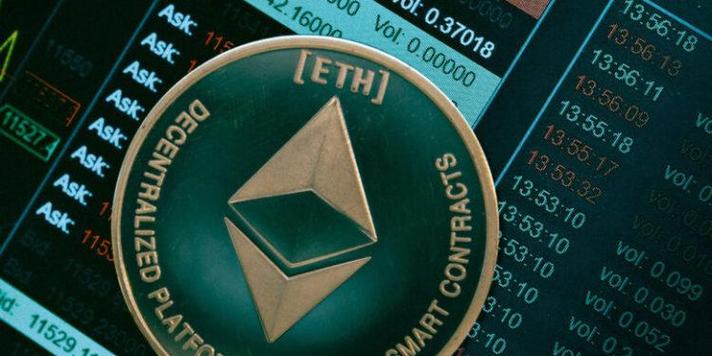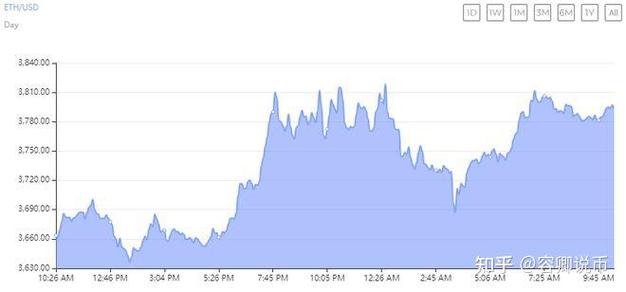
Difference Between ETH and ETC
When it comes to cryptocurrencies, Ethereum (ETH) and Ethereum Classic (ETC) are two of the most prominent names. Despite sharing a common origin, they have evolved into distinct entities with unique characteristics. In this article, we will delve into the differences between ETH and ETC from various dimensions, including their history, technology, community, and market performance.
History
Ethereum was created by Vitalik Buterin in 2015, with the goal of building a decentralized platform that allows developers to create and deploy smart contracts and decentralized applications (DApps). The Ethereum network launched in July 2015, and its native cryptocurrency, ETH, was born.

Ethereum Classic, on the other hand, originated from a hard fork of the Ethereum network in 2016. This hard fork was a response to the DAO (Decentralized Autonomous Organization) hack, where a significant amount of ETH was stolen. The community was divided on how to handle the hack, leading to the creation of Ethereum Classic as a separate blockchain.
Technology
One of the most significant differences between ETH and ETC lies in their underlying technology.
Ethereum has continuously evolved over the years, with several major upgrades, such as Ethereum 2.0, which aims to transition the network from a Proof of Work (PoW) consensus mechanism to a Proof of Stake (PoS) mechanism. This transition is expected to improve scalability, security, and energy efficiency.
Ethereum Classic, on the other hand, has remained relatively unchanged since its inception. It continues to use the PoW consensus mechanism and has not adopted any major upgrades like Ethereum 2.0.

Community
The communities surrounding ETH and ETC also differ significantly.
The Ethereum community is known for its active participation and innovation. It has a strong focus on development, with numerous projects and initiatives aimed at improving the network’s capabilities. The community also values decentralization and collaboration.
In contrast, the Ethereum Classic community is smaller and more conservative. It values the original vision of Ethereum and focuses on maintaining the integrity of the blockchain. The community is less inclined to adopt new technologies or make significant changes to the network.
Market Performance
When it comes to market performance, ETH and ETC have followed different paths.
Ethereum has consistently been one of the top cryptocurrencies by market capitalization, with its value often surpassing that of Ethereum Classic. This can be attributed to the network’s continuous development and the growing demand for its services, such as DApps and smart contracts.
Ethereum Classic, while still a viable cryptocurrency, has not experienced the same level of growth as ETH. Its market capitalization is significantly lower, and its value has been more volatile.
Conclusion
In conclusion, Ethereum (ETH) and Ethereum Classic (ETC) are two distinct cryptocurrencies with unique characteristics. While they share a common origin, their paths have diverged significantly. Ethereum has focused on innovation and development, while Ethereum Classic has maintained its original vision. Understanding the differences between these two cryptocurrencies can help you make informed decisions when investing in the crypto market.
| Comparison | Ethereum (ETH) | Ethereum Classic (ETC) |
|---|---|---|
| Origin | Created by Vitalik Buterin in 2015 | Hard fork of Ethereum in 2016 |
| Consensus Mechanism | Transitioning to Proof of Stake (PoS) | Proof of Work (PoW) |
| Community | Active and innovative | Smaller and conservative |
| Market Performance | Top cryptocurrencies by market capitalization | Lower market capitalization and more volatile value |



